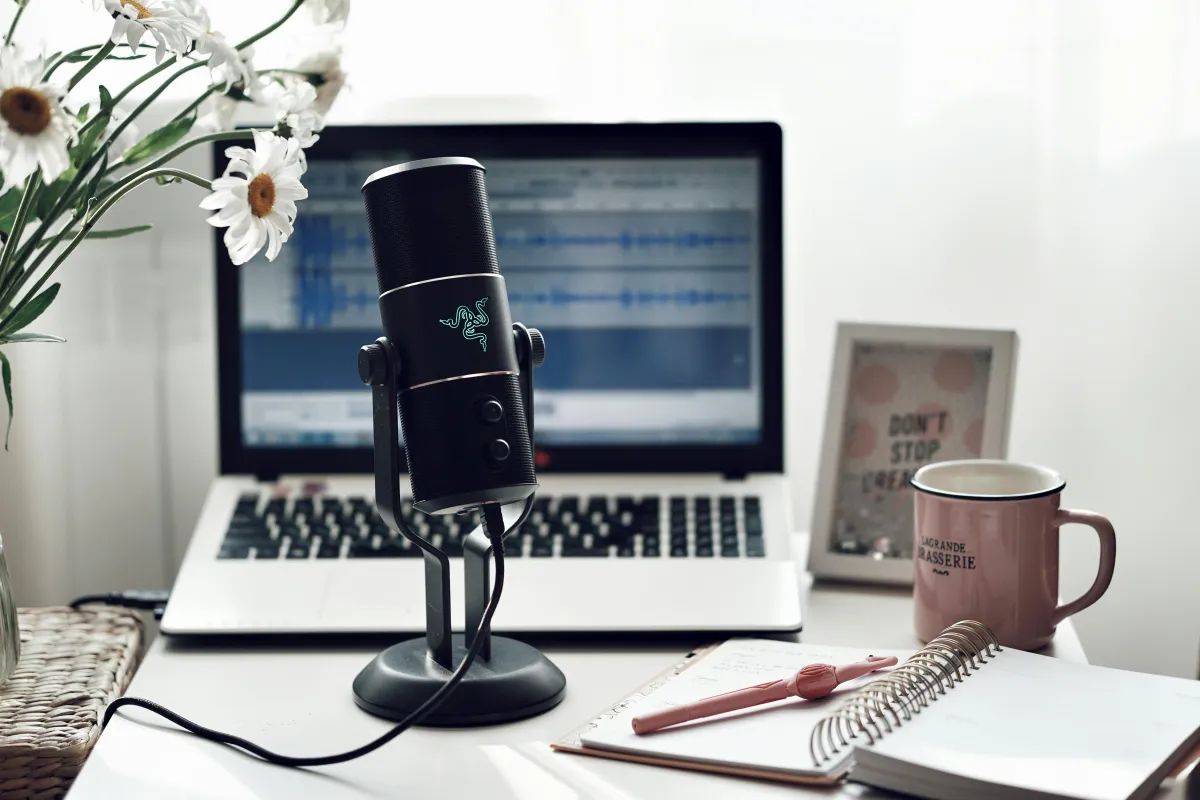BLOG
Discover my blog posts on Mindset, Health, Relationships, Autism, ADHD and other neurodivergent experiences.

Navigating the Challenges of Self-Harm in Children with Autism: A Mother's Perspective
I remember the countless hospital visits, trying to appear strong on the outside while feeling devastated inside. Finding my daughter in a bath with red-tinted water was one of the most harrowing experiences of my life. In those moments, I had to stay calm externally, even though I was screaming inside, feeling utterly helpless. As a mother, witnessing my daughter engage in self-injurious behaviors has been one of the most difficult experiences of my life. It began when she was just four or five years old—she would hit her head with her hands, banged her head against the wall and pull her hair. These actions seemed to stem from overwhelming frustration, a profound sense of helplessness and an inability to express her emotions effectively. As she entered her teenage years, these behaviors escalated into more severe forms of self-harm, leaving us, as parents, feeling powerless and desperate for solutions.
Discovering that your child is self-harming is incredibly tough. It's natural to feel overwhelmed and even blame yourself, but it's important to understand that it's not your fault. There are steps you can take to support your child and yourself during this challenging time.

Understanding Self-Injurious Behavior in kids with Autism
Self-harm isn't a direct symptom of autism, but certain aspects of Autism Spectrum Disorder (ASD) can lead some individuals to hurt themselves. This behavior might be a way for them to communicate feelings they can't express verbally, such as frustration, fear or anxiety. For example, a child might bang their head to indicate they're overwhelmed or in pain.
In many cases, self-injury serves as a means of communication. Often a child is trying to convey a feeling or idea they may not be able to express in words. Biting, headbanging, scratching, hitting, cutting, hair-pulling or other self-injurious behaviors are a means of getting their needs met and may be their urgent need to express pain, fear, displeasure or anxiety. They may be trying to say, for example, “I’m scared, I want to get out of here” or “This is too hard, I don’t want to do this” or “Play with me!” or “Look at me!” or “My head hurts, it feels better when I bang it,” etc. Self-injury can also be a form of sensory stimulation. An child with autism may self-injure as a way to increase or decrease their level of arousal.
At first, my daughter’s self-harm behaviors included head-banging and pulling her hair. When she began cutting, it started with small white scratches on the surface of her skin. These were so subtle that they might have gone unnoticed if I hadn’t been paying attention. I realize how important it is to take such small signs seriously, as they can be the beginning of more severe cutting.
In her case, the reason she started self-harming was to escape her inner pain. She described it as wanting to feel the pain on the outside so she wouldn’t have to feel the emotional pain on the inside. It became a kind of relief for her, an escape from the overwhelming chaos of her inner world.
Supporting Your Child
Stay Calm and Non-Judgmental: Approach your child with empathy and without judgment. Express your unwavering support and willingness to understand their feelings.
Encourage Open Communication: Create a safe space for your child to share their emotions. Listen actively, validate their experiences and reassure them that they are not alone.
Seek Professional Help: Engage with mental health professionals experienced in autism and self-harm. They can provide tailored strategies to address underlying issues and develop healthier coping mechanisms.
Ensure Safety: While it's crucial to remove obvious items that could be used for self-harm, be aware that children can be resourceful. Everyday objects like pencil sharpeners, hairclips, or even dismantled items can become tools for self-injury. Maintaining vigilance and conducting regular safety assessments at home is essential.
Educate Yourself: Understanding the complexities of self-harm in children with autism empowers you to provide better support.
The Importance of Parental Support
It's vital to acknowledge that as parents, we also need support. Sharing our experiences with trusted friends, support groups or therapists can provide relief and guidance. Remember, seeking help is a sign of strength, not weakness. You don't have to navigate this journey alone.
Taking Care of Yourself
Talk About It: Share your experiences with trusted friends, family, or support groups. Expressing your feelings can provide relief and perspective.
Self-Care: Even when it feels like there's no time, prioritize moments for yourself. Whether it's a short walk, reading a book or practicing mindfulness, these activities can recharge you.
Seek Professional Help: Consider therapy or counseling for yourself. A professional can offer coping strategies and emotional support tailored to your needs.
Moving Forward Together
Today, I am grateful to share that my daughter has emerged from that dark period. She has healed and now reflects on those times with a sense of disbelief, unable to fully comprehend why she engaged in such behaviors. I recognize that not everyone experiences this outcome, but I encourage you to hold onto hope and believe in the possibility of recovery.
Supporting a child who engages in self-harm is a challenging and emotional journey. By fostering open communication, seeking professional guidance, and ensuring both your child's and your own well-being, you can navigate this path together. With understanding, patience, and support, there is hope for healing and a brighter future.
with love,
Vicky

SUBSCRIBE
Stay up-to-date with my newest tips, exclusive offers and giveaways!
Join my newsletter community and unlock helpful advice, special promotions and free bonuses!
I agree to the terms and conditions. By providing my email address, I consent to receive email communications from Serenesoul Crete.
© Copyright 2024 SereneSoul Crete All rights reserved - Privacy Policy - Terms & Conditions
